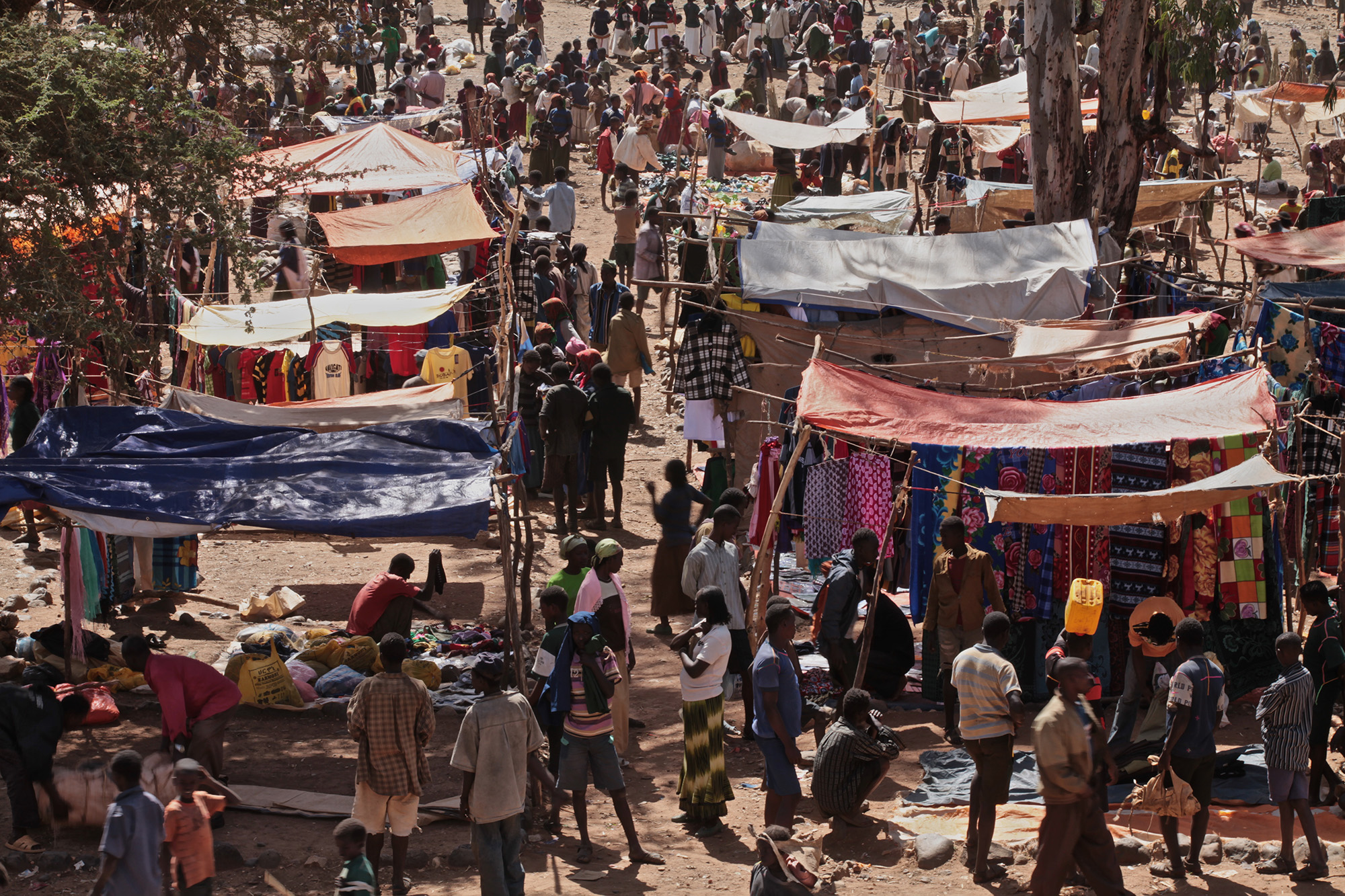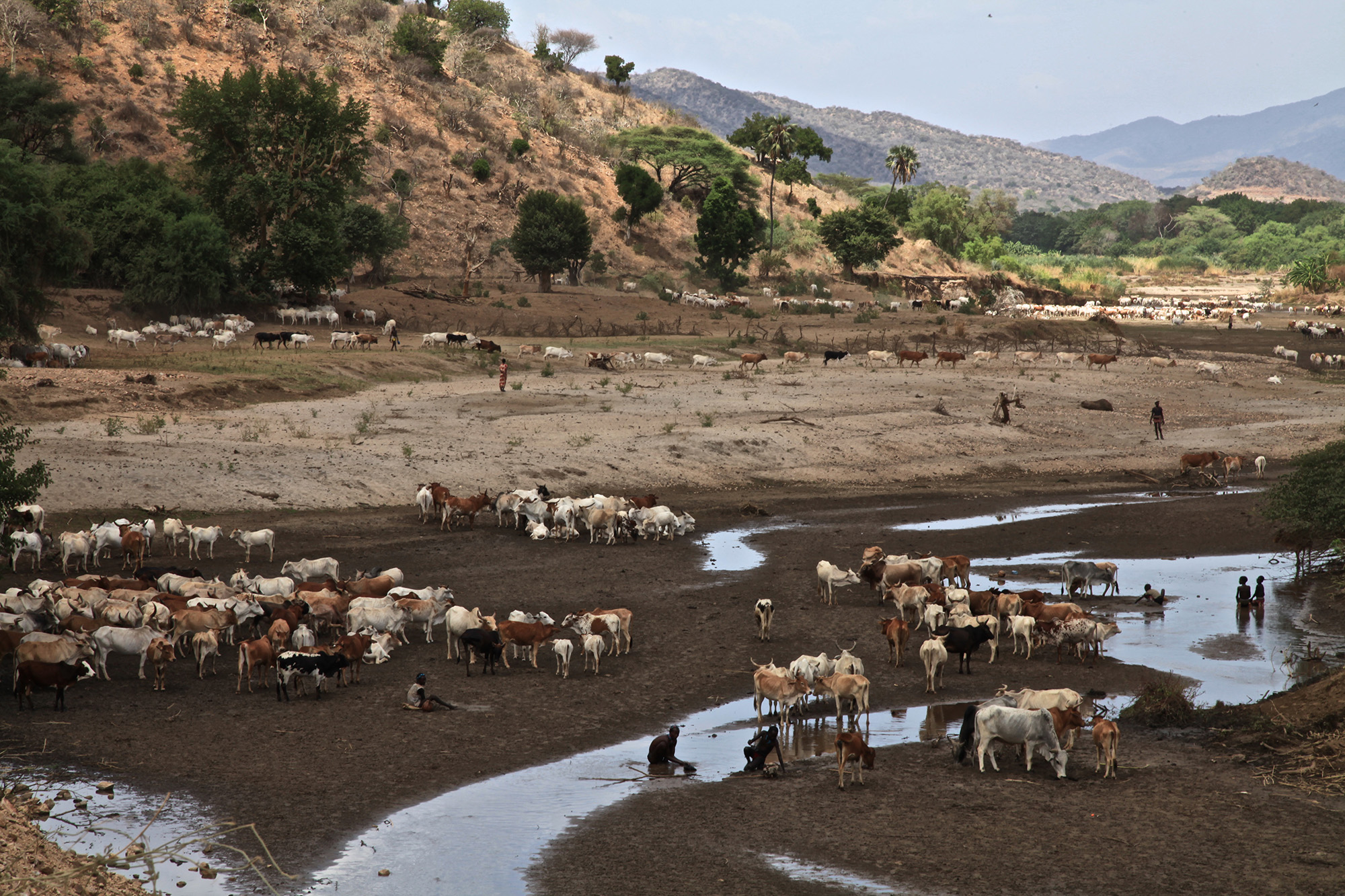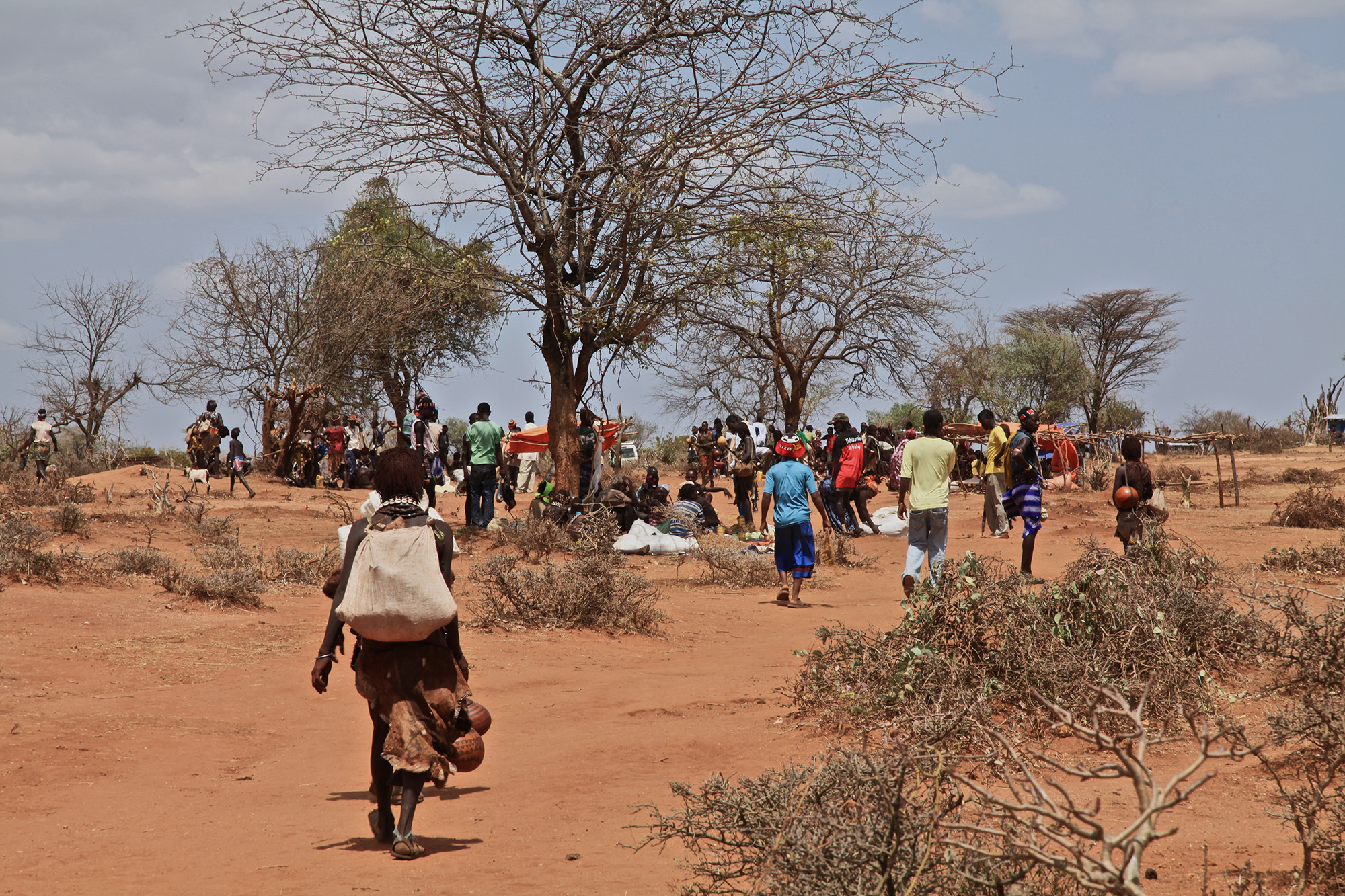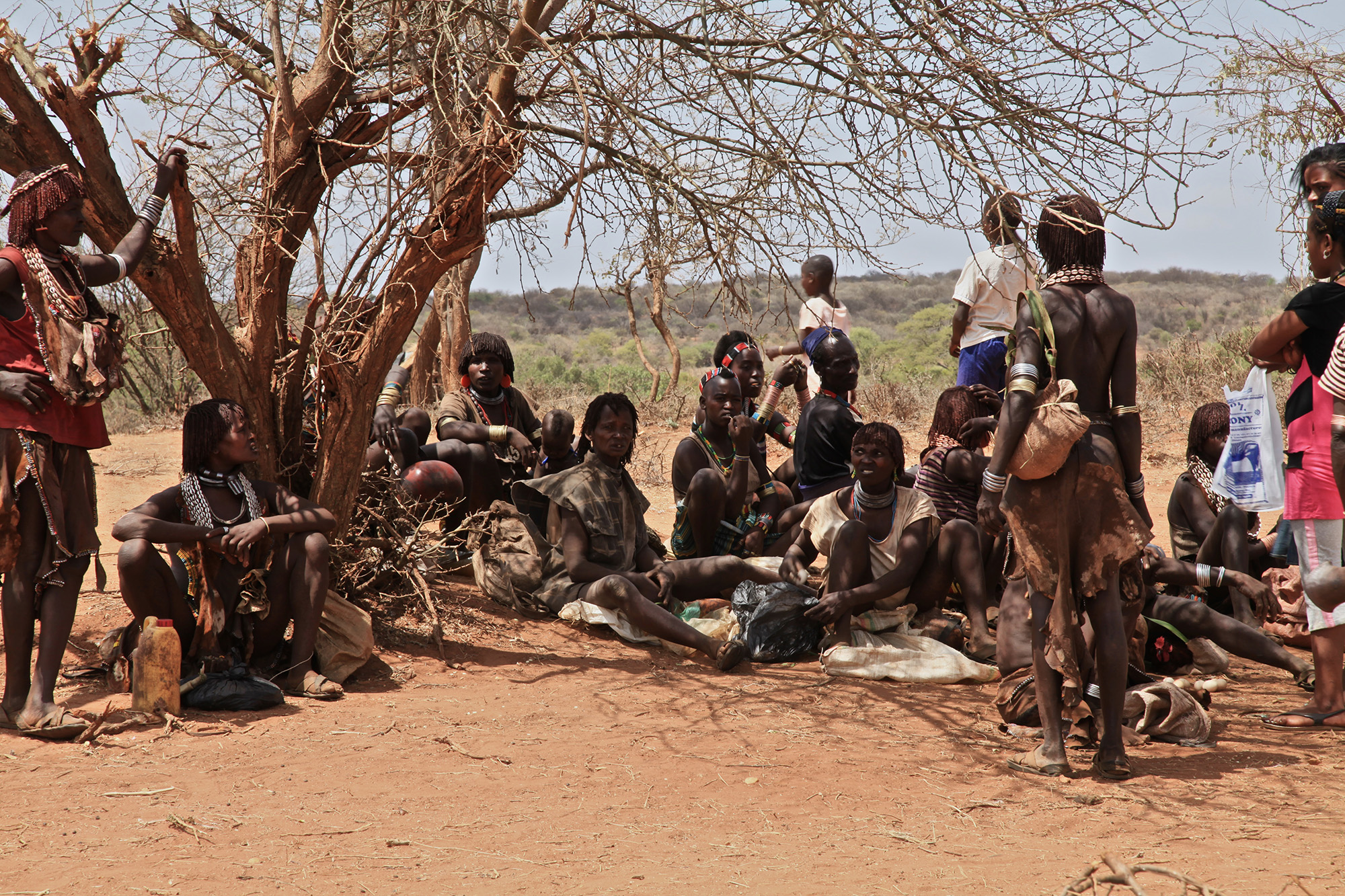In 2011 I traveled all over Ethiopia. Especially in the South I experienced some cultural issues that I would like to tell:
Market day in Dimeka, a small village in southwest Ethiopia. Members of the Hamer ethnic group meet once a week to offer their products. Ami sells reddish powder made from natural extracts. It is used to color hair. The product is mixed with water and butter, applied and not washed out again. Braids are twisted. The so-called “Goschas” lie on their heads like clay. For weeks, for months. They are a symbol of wealth and health. The color stands for beauty. As in western cultures too. Ami’s products are in great demand.
The pain is terrible
Whipping women as a punishment or as recognition is common among the Hamer. Hardly anyone has anything against it. Or so it seems. “I don’t like it”, says Haila, a young woman who sells sorghum, corn and beans. “It is true that men and women only get used to each other by being beaten. But the pain is terrible.” The Hamer men work thin, pointed branches without leaves into rods. The ends are cut with a knife and the sides are smoothed. There is at least one rod in every Hamer household.
“The Hamer women see their scars as the boundary between the inner and the outer, visible world. Scars mean memories, good and bad”, emphasizes the US photographer Amanda Grandfield, who researches the customs of indigenous peoples.
Walking over cattle – a marriage ritual
“The jump over the cattle” is an initiation ritual for adolescents who want to get married soon. This includes the rods. The sisters of the bride and groom are flogged. As an honor. To western visitors, the custom seems strange and cruel. At the height of the festival, the young man walks over a row of 15 to 30 cattle up to four times. After completing this show of strength, he is considered marriageable and adult. The whipping of the young women goes hand in hand with the run over the animals. For the Hamer, the blows are an integral part of the festival. Although the government and foreign visitors repeatedly criticize the custom as brutal and barbaric. The call for abolition is always ignored by the people, as whipping is an ancient tradition and is inseparable from the initiation rites.
Painted bodies
Hamer men love to show off their painted bodies. There is always a reason to do so. In the past it was enemies who killed them, today they are dangerous animals. Then they too decorate their hair with paste. “I shot an ostrich, a large, unpredictable animal”, says one market visitor. He points to his adorned head with the many earrings that indicate the number of his wives. He goes to Ami, points to the powder and haggles over the price with her. “For my women who stayed at home”, he says and laughs. Ami puts three handfuls of powder in a plastic bag. It will be enough until the next visit to the market.
The Hamer live in the southwest of Ethiopia. The people have around 50,000 members. Religiously, it cannot be classified in any world religion. The Hamers believe in a driving force (barjo). She is called by group chants and conversations. Missionaries try in vain to teach the Christian faith. The Hamers live from agriculture and cattle breeding.







